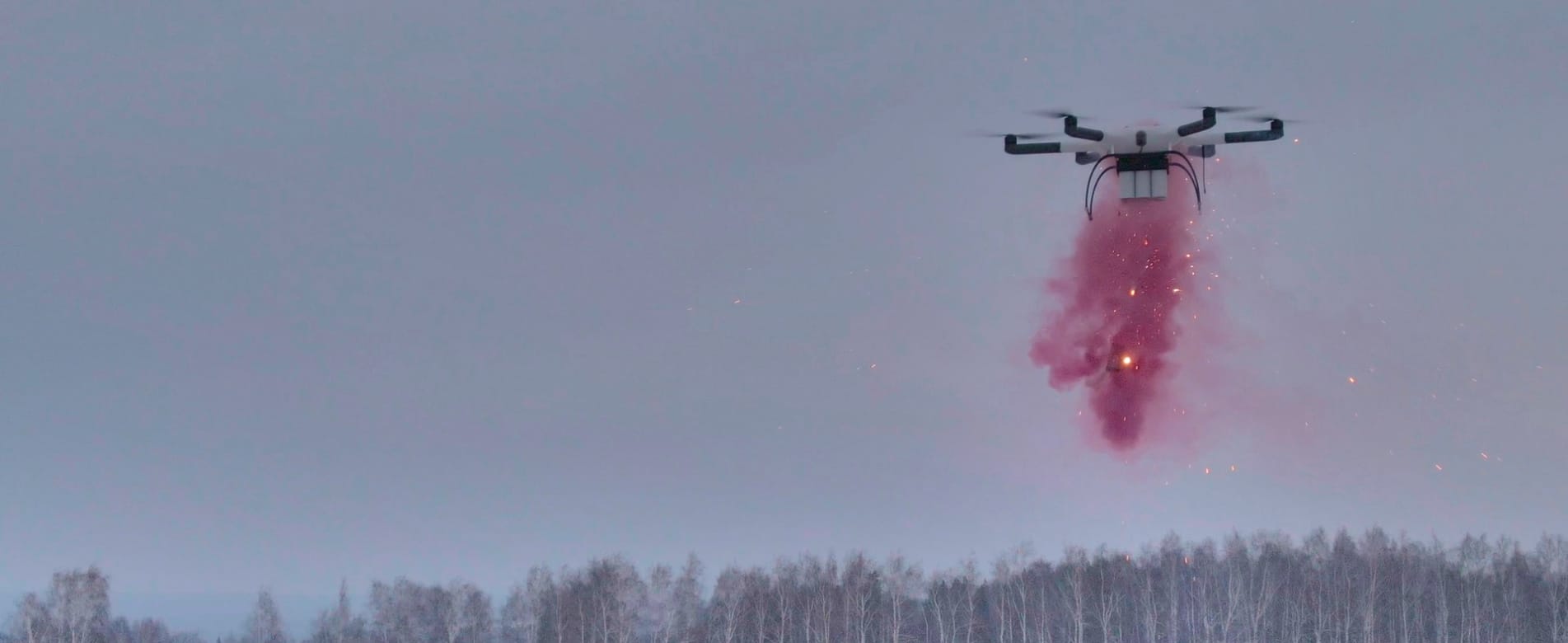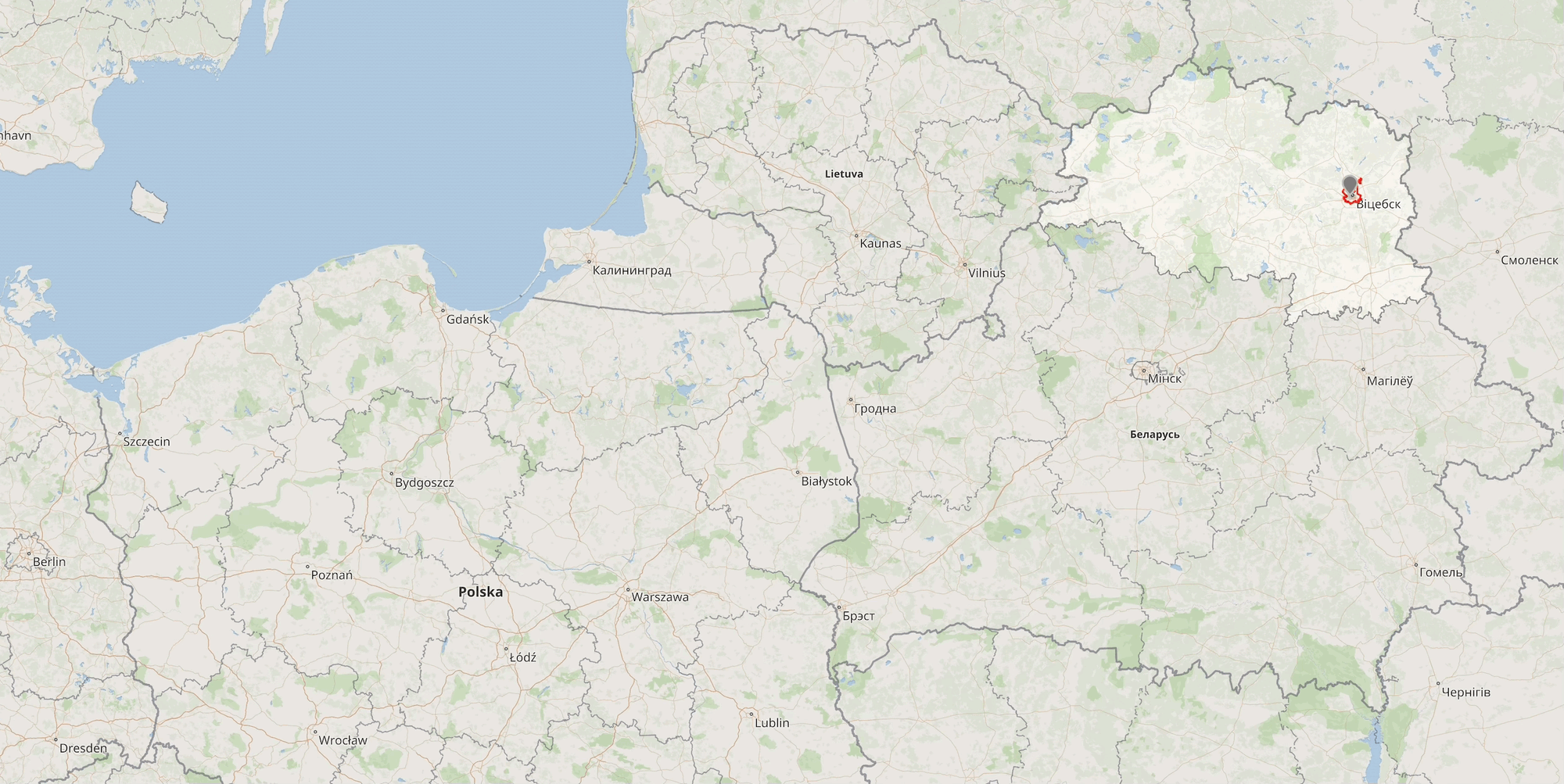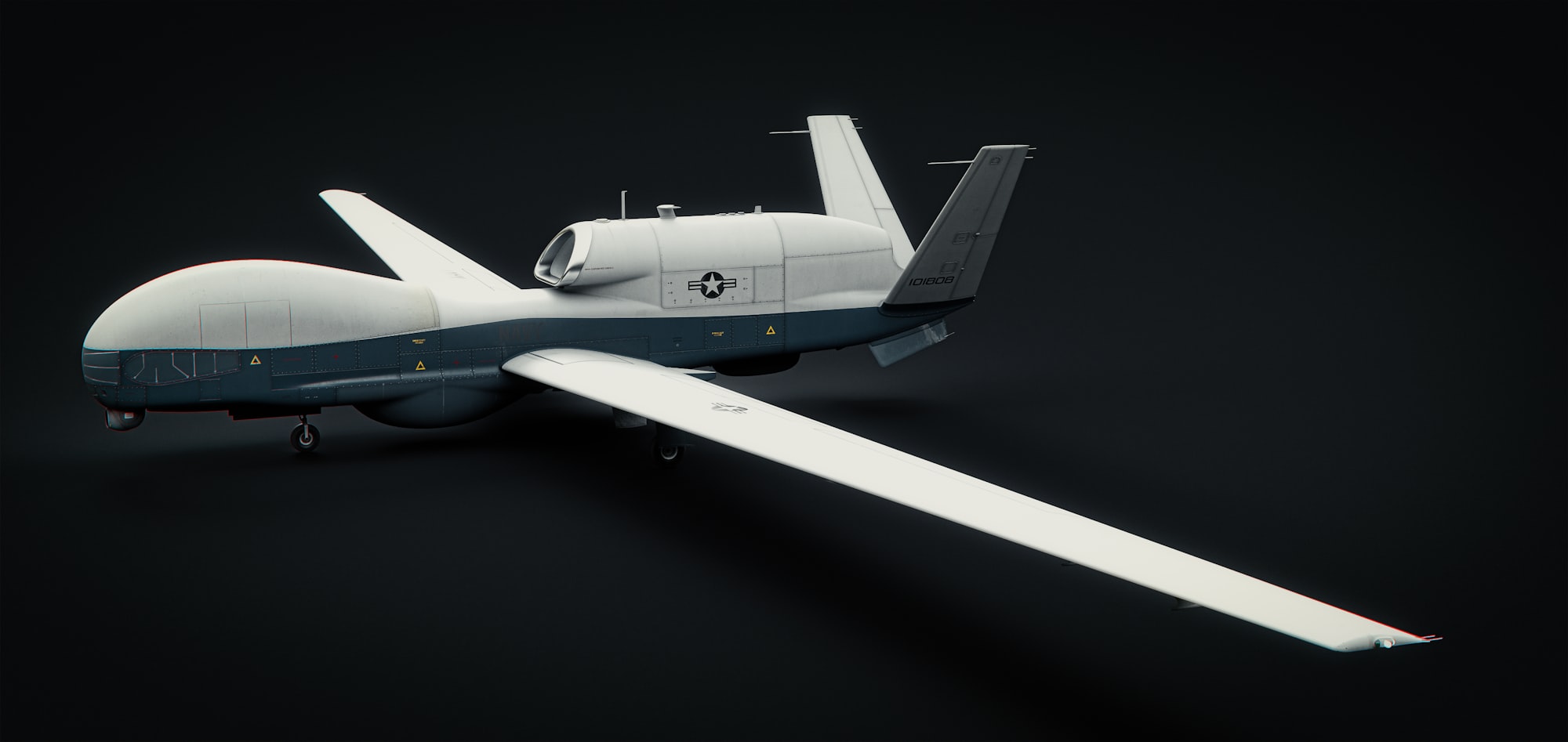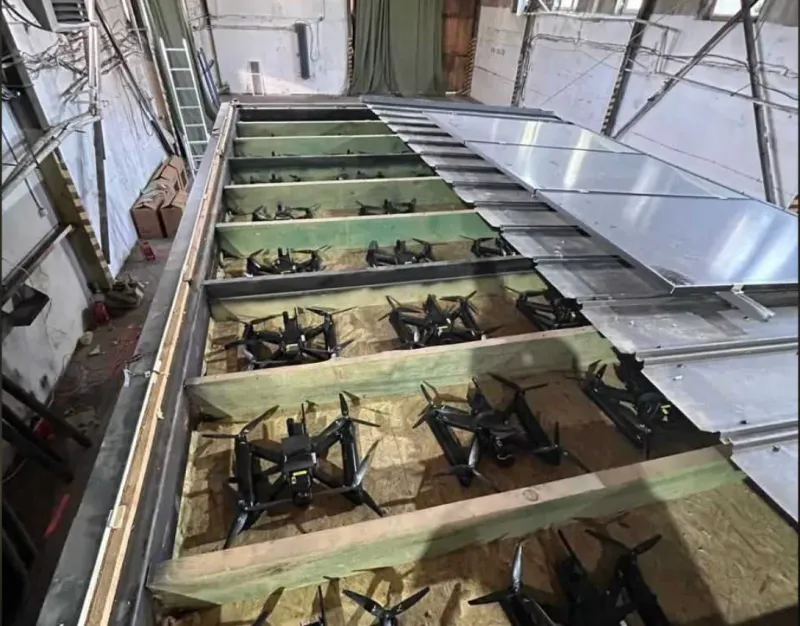Belarus Expands Drone Fleet with 560+ Tactical & FPV UAVs by 2025
Minsk is expanding its tactical drone portfolio with a $3.3 million procurement plan through 2025. The MoD will buy 187 Caddx X10 FPV drones, 190 Caddx X10, 20 FPV drone complexes, and over 160 tactical ISR systems built on DJI Mavic3 Thermal and Autel EVO MAX 4T platforms.


Belarus’ Tactical Drone Acquisition: Procurement Under Restriction
According to procurement data published by Svaboda in April 2025, Belarus is expanding its tactical drone portfolio with a $3.3 million procurement plan through 2025.
The MoD will acquire 187 Caddx X10 FPV drones (AI version), 190 Caddx X10 (IR version), 20 FPV drone complexes, and over 160 tactical ISR systems built on DJI Mavic3 Thermal and Autel EVO MAX 4T platforms.
These new acquisitions build on Belarus’s current use of Russian Supercam and Belarusian Berkut-3 drones. They come after a presidential decree made it easier for state agencies to import drones, while also tightening criminal penalties against civilians using them without permission.
Key Signals
1. Expanded Tactical Procurement The Ministry of Defense intends to procure more than 560 tactical and FPV drones by 2025. This signals a consolidated push to build layered ISR and loitering strike capability at the sub-strategic level.
2. FPV Loitering and Attack Platforms Procurement includes 187 Caddx X10 FPV drones (AI version) and 190 Caddx X10 (IR version), indicating a dual-use approach for close-range ISR and potential first-person-view loitering munitions.
3. ISR Standardization via Commercial Platforms The inclusion of 81 DJI Mavic3 Thermal and 83 Autel EVO MAX 4T UAVs demonstrates Belarus’ reliance on proven civilian drone platforms, adapted for ISR use at tactical echelons.
4. Mixed Sourcing Strategy Belarus continues to import Russian-made "Supercam" systems and deploy its indigenous BAK "Berkut-3" platforms. This reflects a blended procurement logic—external sourcing for scale, local sourcing for state control and customization.
5. Legal Acceleration of State Imports A presidential decree signed in April 2024 simplifies the procedure for state bodies to import drones. This step is aimed at speeding up procurement and deployment across state institutions.
6. Monopolization of Drone Airspace Drone use by civilians was banned in September 2023, with legal use restricted to registered commercial entities and state agencies. A proposed law would impose criminal penalties for unauthorized drone use, enabling the state to dominate domestic UAV operations.
Operational Context
The $3.3 million procurement aligns with Belarus’ broader doctrinal shift toward drone-enabled territorial defense. As covered in our prior report, the Belarusian Armed Forces are embedding UAV operator training into brigade-level structures, deploying mobile FPV drone workshops, and expanding counter-sabotage drills supported by UAVs—especially in regions like Vitsiebsk.
These parallel efforts suggest that platforms like the Caddx X10 and Mavic 3T are being slotted into a growing tactical ecosystem that blends domestic engineering with imported ISR systems. The integration supports a dual focus: low-cost surveillance and internal security operations, all under strict state control.

Trend Vector
Belarus is creating a drone ecosystem around controlled, low-cost tactical capabilities—FPV loitering and ISR at battalion level—while reinforcing central control through restrictive drone laws.
The country is mirroring broader Russian doctrinal trends in drone employment while accelerating procurement through Chinese imports and legal fast-tracks.
The $3.3 million budget, though modest by NATO standards, enables distributed ISR and low-end strike across the internal security and border control mission sets.







